Prompt card from the Art of Attention by Elena Brower and Erica Jago
Awakened and inspired by the triggers of past two weeks (being in the middle of morphing my relationship and condensing, two households into one!). I suddenly became aware of how l was really feeling about this big decision (moving in 24/7 with someone!).
Bearing witness to some unexpected responses arising within. Surprisingly I had many questions. One of which was how l will find the balance between that forged 24/7 connection while maintaining my own identity/self and mental health including (my closet!) in the process?
Many have been quite envious on how myself and Wim (that’s my partner) have the ideal living arrangement (currently!). Living in two separate lodges a few doors away from each other. Something, that we have maintained over the last 2 and half years. It has been and still is an ideal and unique position to be in, especially while getting to know someone.
However, there comes a time when life intervenes, presenting a new set of circumstances and opportunities. In those moments we are prompted to make choices. Choices that ultimately will change our life trajectory. A choice between a path travelled vs a path less travelled (or completely new) in some cases. A constant reminder of the impermanence of it all, life including relationships.
However, it is in our choices and subsequent actions that we give ourselves permission unconsciously or consciously to transition. Harvesting the seeds we planted for our vision and bringing them forth. Evolving and morphing our identity/nature and life in the process.
impermanence
the state of not lasting for ever or not lasting for a long time
Relationships are of course impermanent, morphing constantly from the early stages of dating, to moving in, getting engaged, to maybe even eventually getting married and beyond.
However, us humans are not always good with change, even through on some unconscious level we crave it. Often finding ourselves a little reluctant and anxious even when the conditions and possibilities for change present themselves.
Nestled in between my partners moving boxes! Amongst the chaos of the living room serious discussions were being had, what would need to go to storage?, what would be coming to my lodge?, what we would give to charity and finally what we would save for Holland? (as we plan to move back there eventually or maybe further afield!).
In amongst of all of these questions, I was beginning to feel my anxiety levels rising.
We had talked about doing it for a while, but now all of a sudden the universal aligned and it’s becoming our new reality.
Interestingly another curious thought popped into my mind….clothes and my lovely closet!
What can l say l love my new closet (having knocked 2 rooms into one 2 years ago to accommodate it) it was going to be purely for my clothes. At last l could organise and find structure again, it was bliss. Clearing the identities of the past reflected in my choices of a different kind, l was ready to start afresh.
However, now needing to reorganise the space but this time to accommodate our individual (yet connected) personalities to co-exist in and to begin afresh again.
Practicing right relationship to all that is
Merging throws up another interesting dilemma doesn’t it? How can you stay true to you and not get lost within a relationship, partnership or marriage?
Naturally cautious from a previous remembrance when l woke up one day looking in the mirror and not recognising myself anymore. No idea of my interests and what l liked to do, I was completely submerged into the abyss of someone else, l felt lost (but not in a good way). So how can l/we prevent this?
Staying present to our individual feelings while at the same time being aware of others is start.
Communicating preferences and needs mindfully can contribute to make transitioning a bit more easeful.
Preferences can be reflected in boundaries, with ourselves and our significant other. Important for the allowing of both individual personalities to co-exist in a new arrangement and equally beneficial.
In order to practice right relationship to all that is, requires the recognition of impermanence, sometimes uncomfortable but often a gift in shifting perspective and upgrading the self. Loosening the grip of one identity to make space for a more flexible self. But is it this particular self whose the one who keeps tripping us up?
morph/ing
transition, change, or change someone/something, from one thing to another
True Nature vs Self
Often a never ending philosophical debate and exploration in many schools and lineages '“The Self”. Often hindered and hidden by ignorance the yoga scriptures give us a roadmap to understanding SELF. A famous teaching being around Self-Study, one of The 5 Niyamas (observances) of Patanjali’s 8 Limbed Path towards Liberation.
Svadhyaya (one of these niyamas) is translated as “to recollect (to remember, to contemplate, to meditate on) the Self.” Another term in yoga philosophy used to describe the essence of the self are ‘Kosha’s’ a Sanskrit word translated as layer or sheath. Illuminating the different layers of our being within, often referred to as sheaths or veils because they cover each other. The physical body is the outermost layer. The deeper layers include the emotional, mental, and causal bodies. At the deepest layer of one’s consciousness is the bliss sheath, which is said to contain our true nature, pure consciousness itself (probably the most important) to nurture and be aware of.
In Hinduism SELF is referred to as ATMAN representing the eternal core essence of the personality that moves onto another life after death.
However, recently studying some Zen teachings (all about finding one’s true nature). l’m beginning to entertain the concept of “not self” (ANATTA). Learning that Buddha taught the practice of not-self, which is where you learn to refrain from the habit of identifying the things you encounter as being part of self or belonging to self. Ultimately leading to our dissatisfaction and dukkha (suffering) when we want to be connected to Sukkha (happiness). Included in this cocktail of fundamental elements are our body, sensations, perceptions, thoughts, volition and consciousness.
Further reading and learning can be found on this topic via the Mahayana which discusses the “true nature” of self being empty. Celebrating the experience of the liberated self (Jivamukti -freedom from suffering) which functions beautifully when we actually understand it and recognise its empty nature.
“To study the self is to forget the self. To forget the self is to be actualised by myriad things. When actualised by myriad things, your body and mind as well as the bodies and minds of others drop away. No trace of enlightenment remains, and this no-trace continues endlessly.”
Dōgen
Japanese Zen buddhist teacher (1200-1253)
Therefore, l’m going to use this concept of “not self” to help liberate me from my fear and suffering in this transition and new circumstance. During the time l’ve also found helpful tot use two simple elements from Zen philosophy to transition with a sense of ease that is Prajna and Sila (as below).
Lessons from Self (my self) during this process
Awakening - to why l’m having the responses l am?
Attachments - to rules and how l want things to be and why?
Prajna (prag-nya) - what insights are arising? what insights can l draw upon in an non attachment way?
Sila (mindfulness) - how can l cultivate and bring more to this situation?
8 prompts to practise sitting with the concept of impermanence, self, not self and morphing
What are you resisting currently?
Do you know why?
What self is present?
What self/s is/are hidden?
What would it take for you to choose the road/path less travelled?
What could you lose?
What could you gain?
What self do you want to be?
Interested as always to hear your comments and resonance and l thank you so much for reading, listening, commenting and sharing.




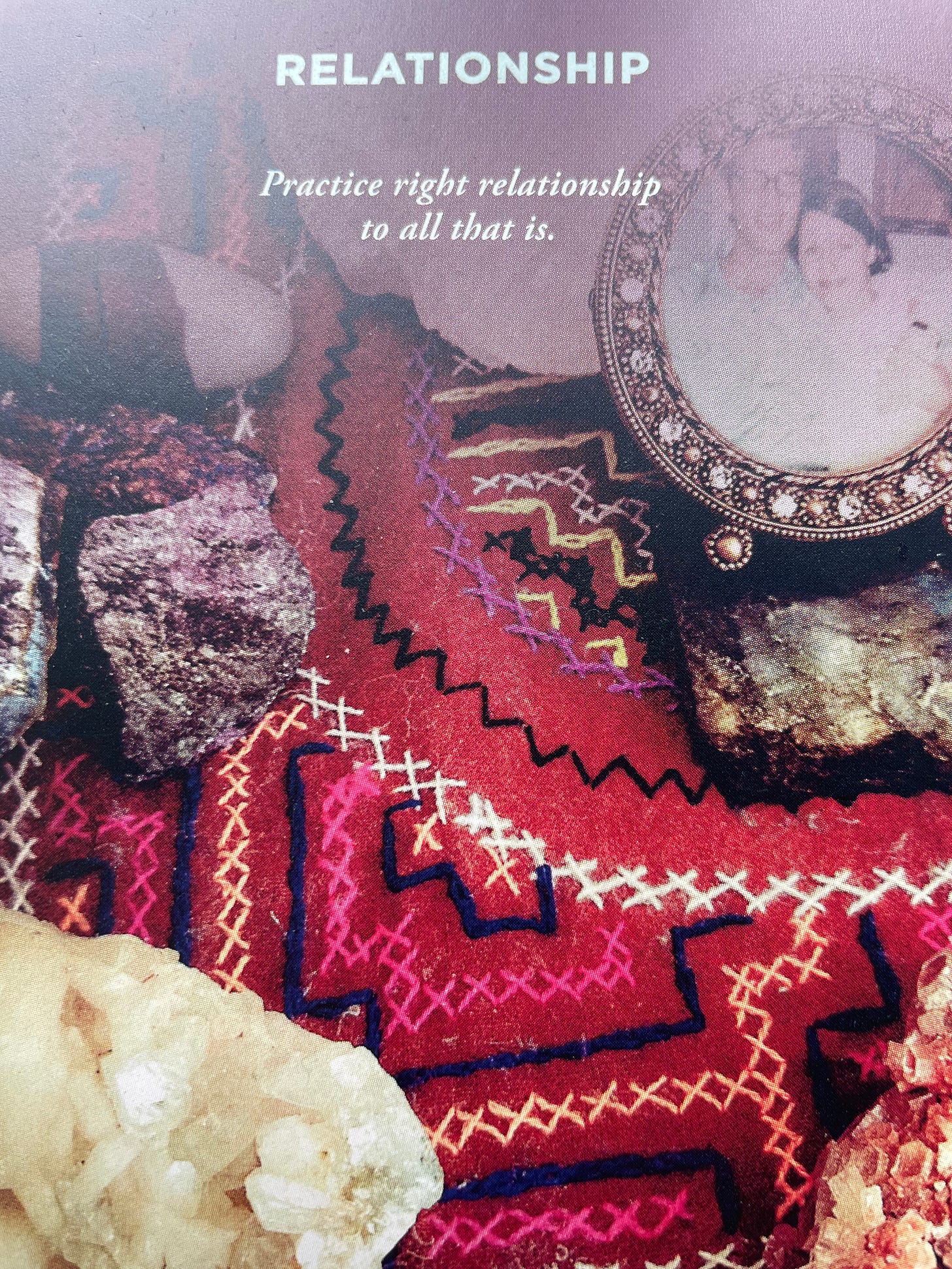
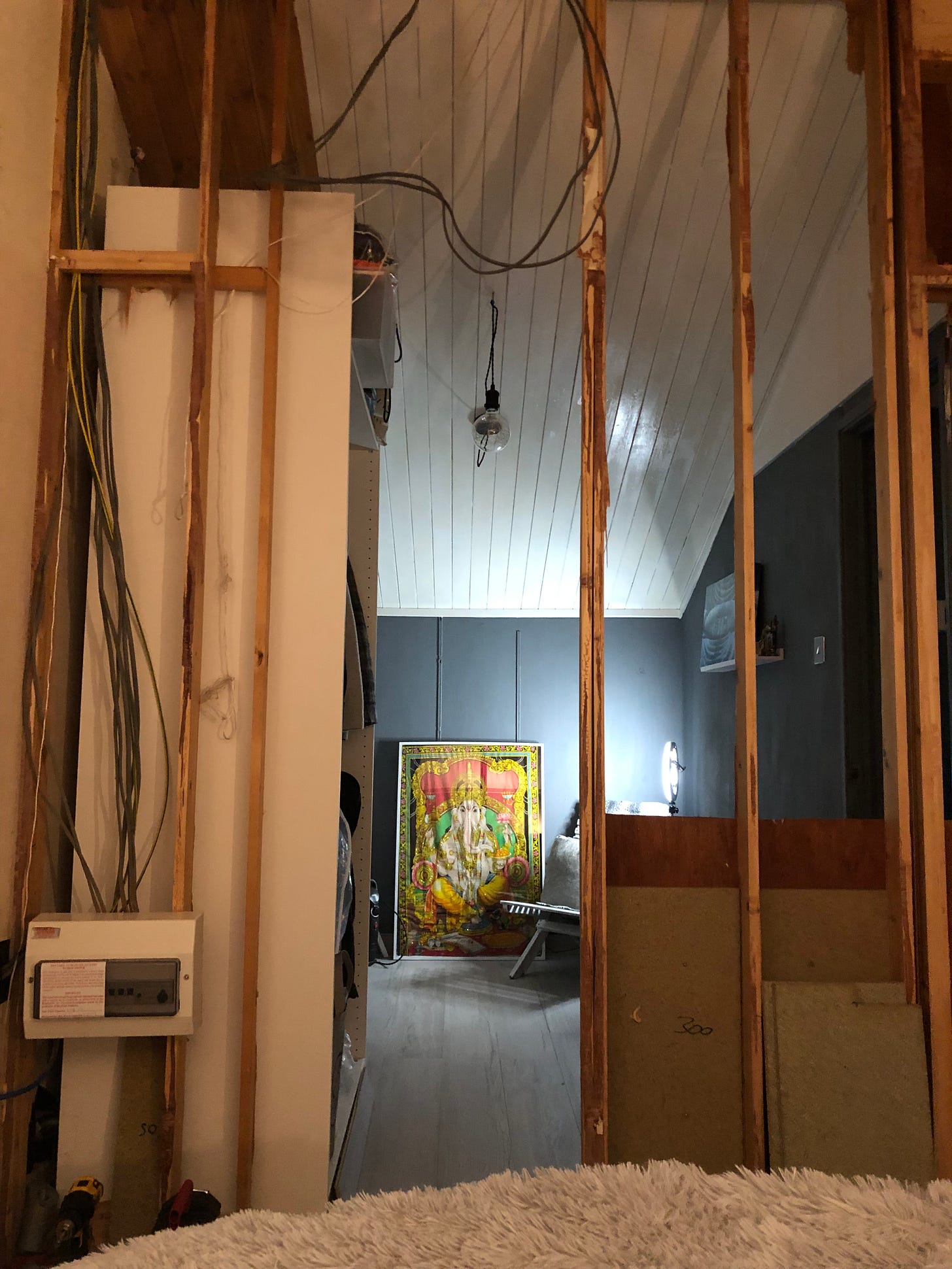
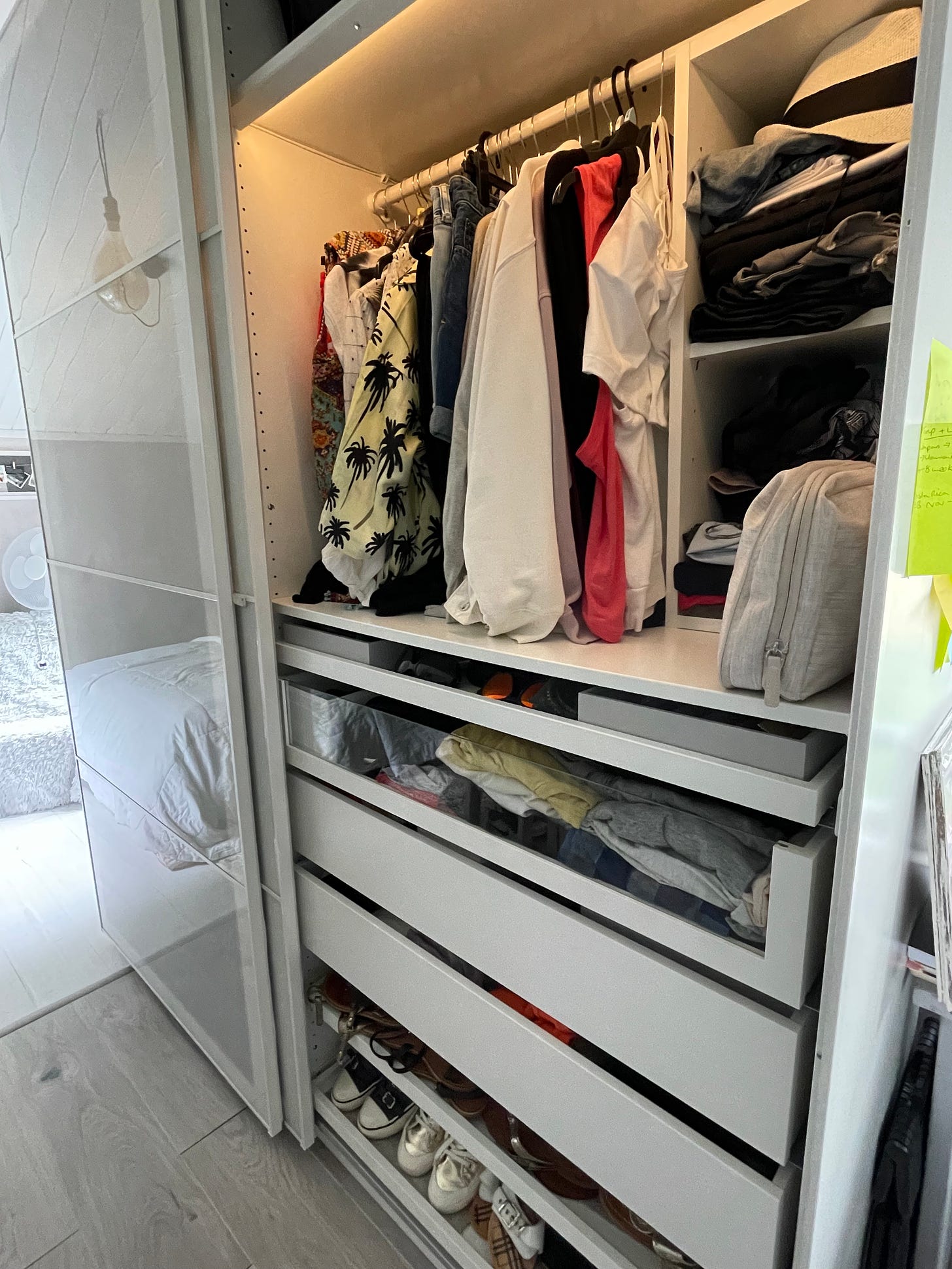
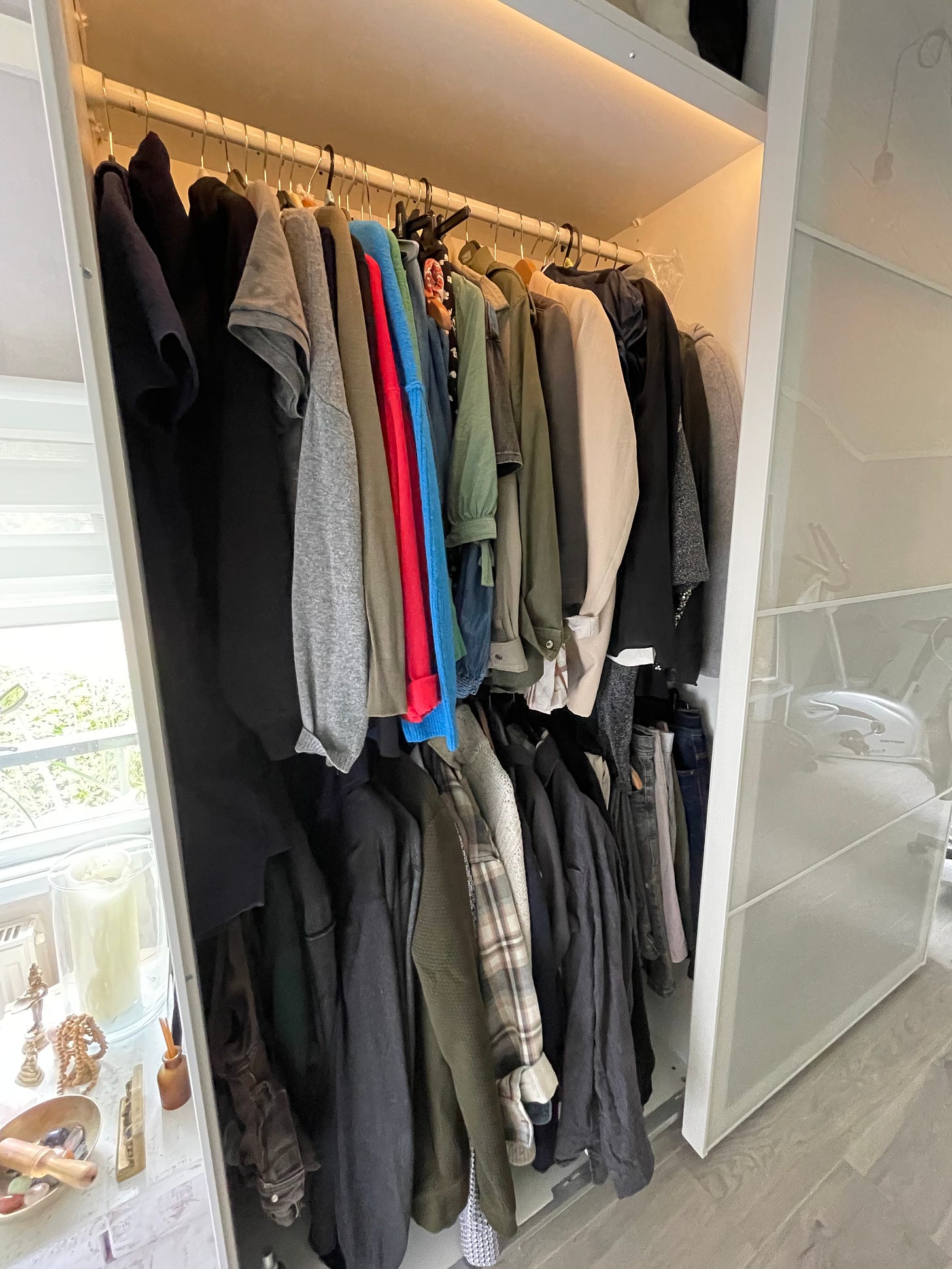
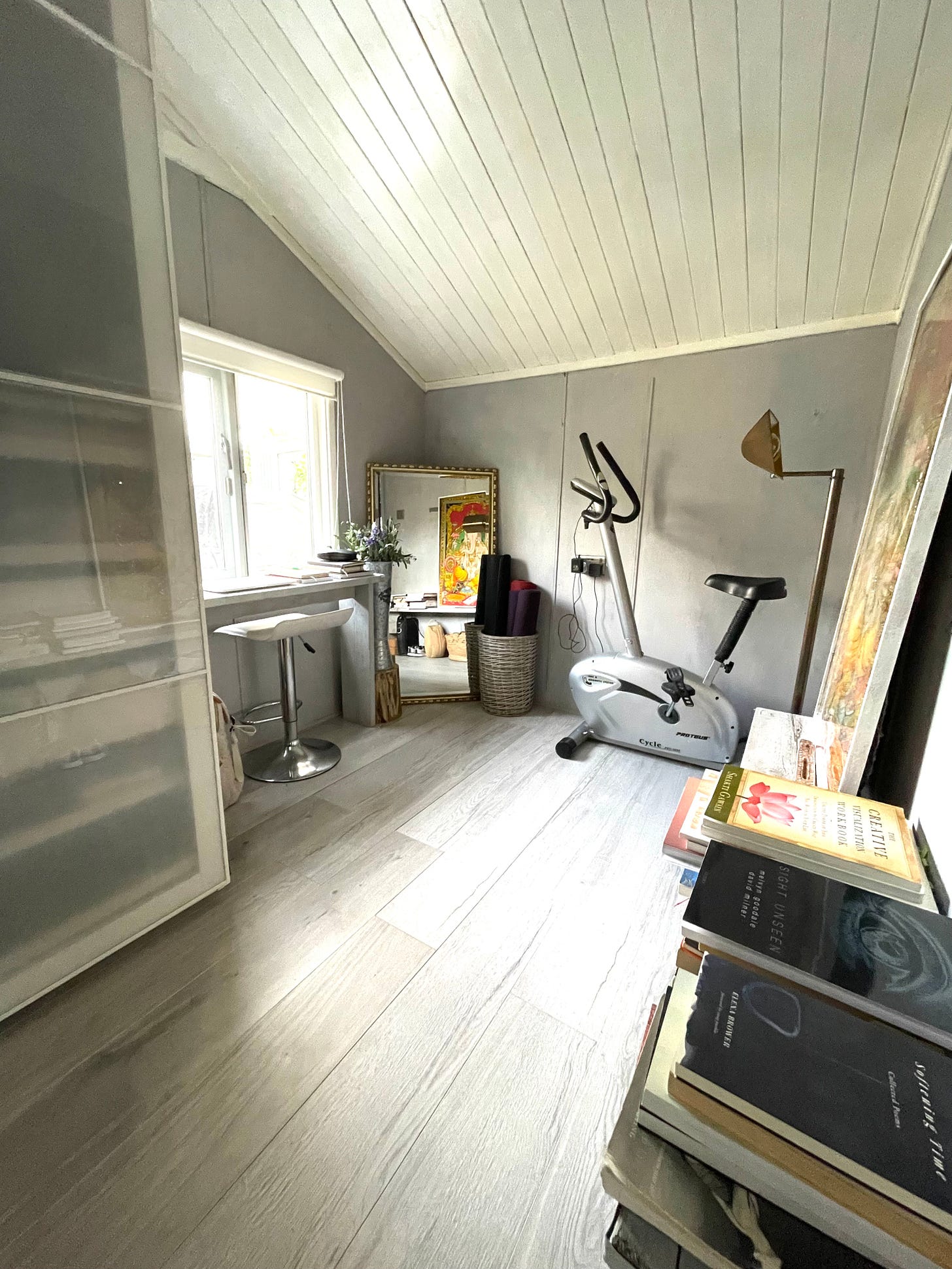









Share this post